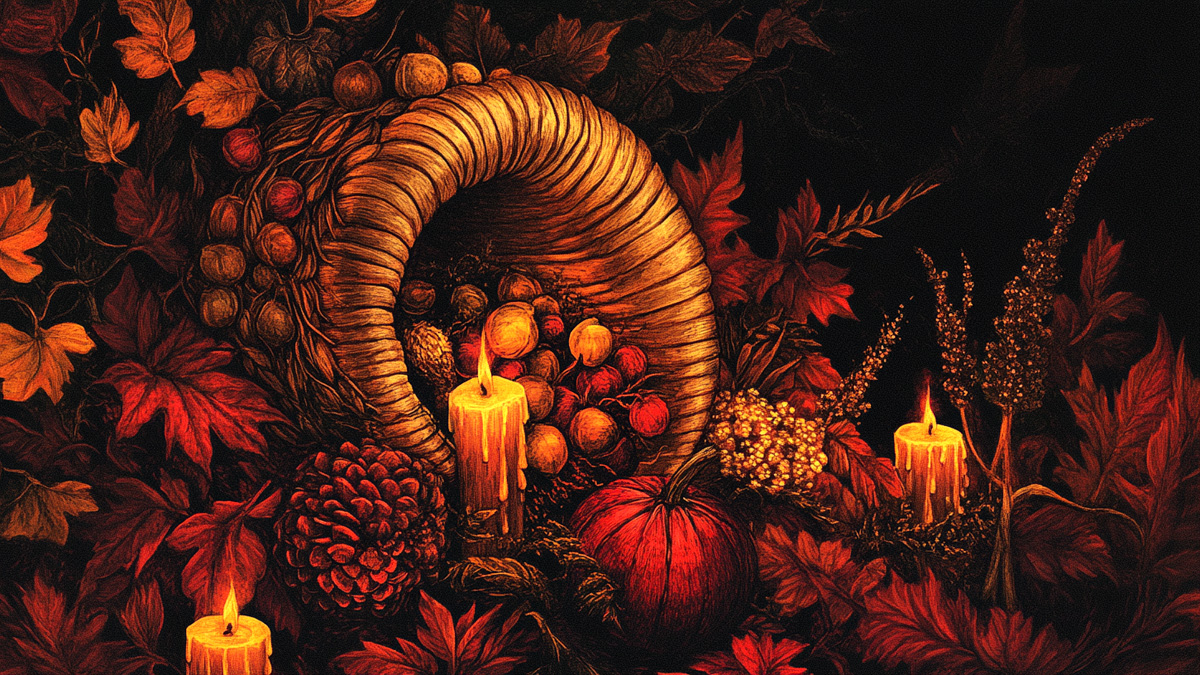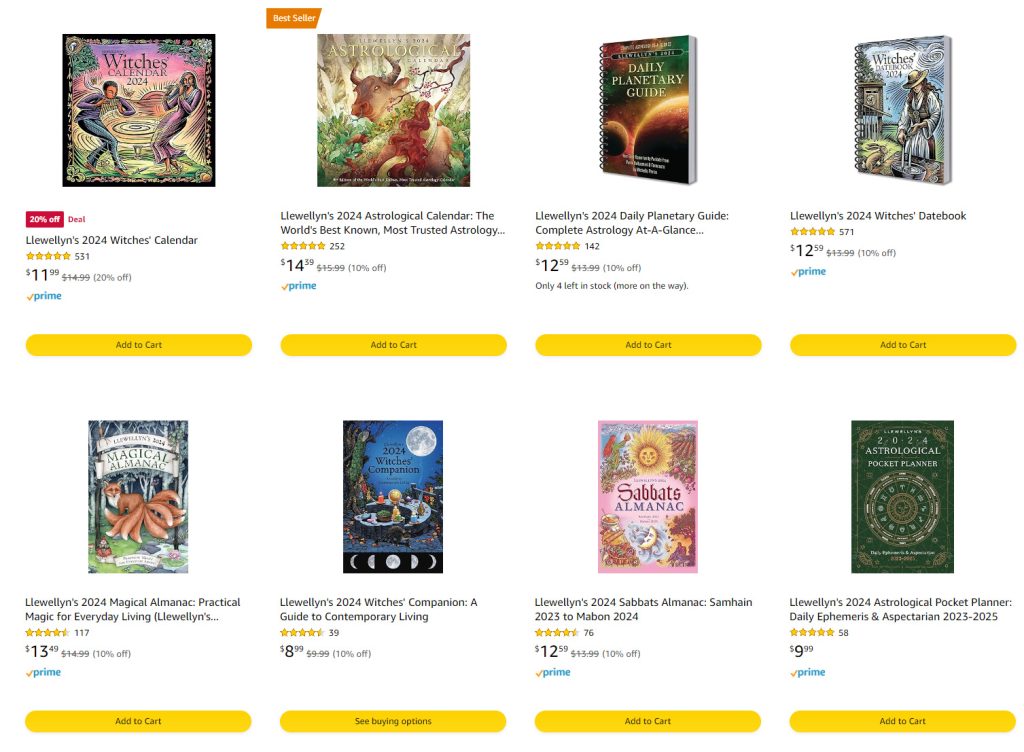Last Updated on November 19, 2024 by Avia
Whether you love it or loathe it, Thanksgiving is a holiday that’s been around in some shape or form for centuries. Today, the US celebrates Thanksgiving on the fourth Thursday of the month of November each year. In Canada, Thanksgiving falls on the second Monday of October. If you ask me, giving thanks should be a daily celebration – not just once a year. But I guess we should all be happy that at least we have a day devoted to gratitude. At any rate, I thought it would be neat to talk about Thanksgiving symbols and their meanings as a way to get more connected with this holiday (on the day and every day).
Table of Contents
A Bit of History About Thanksgiving
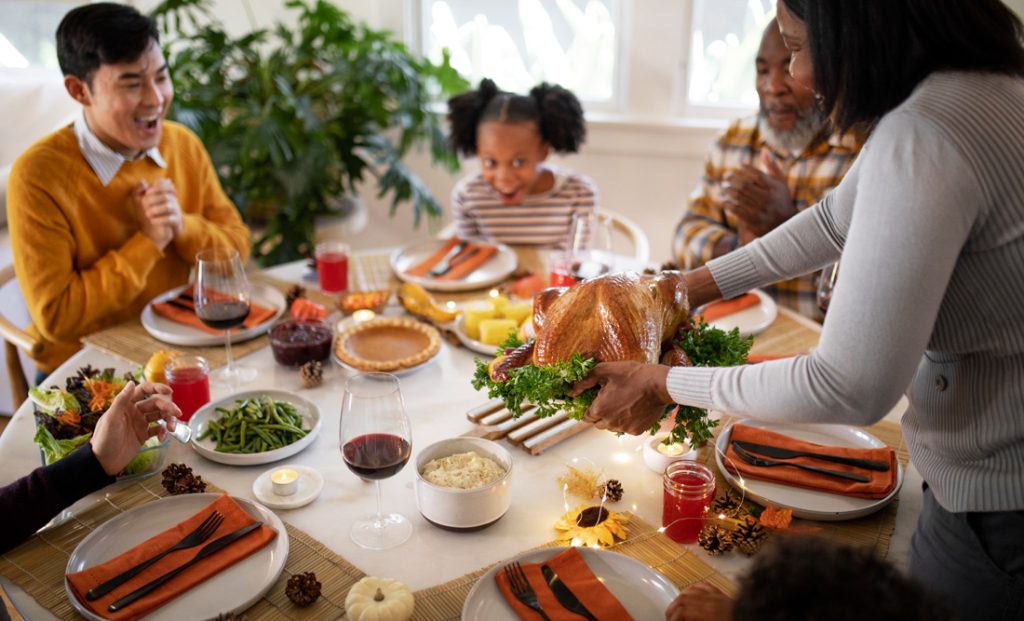
While other feasts of thanksgiving and gratitude are held around the world, Thanksgiving is recognized as a predominantly North American holiday. Therefore, it makes sense that Thanksgiving was born to indigenous people and early settlers. In fact, the first Thanksgiving on record was recorded by William Bradford, a Puritan who emigrated from England in 1620.
Bradford sought his religious freedom by journeying to the Americas on the Mayflower. He ultimately became the governor of the Plymouth Colony in early Massachusetts. In 1621, Bradford gave a written account of his relations with friendly native indigenous people known as the Wampanoag.
Bradford’s accounts kind of glorifies his status. He wrote that he invited these indigenous people to break bread with him and join him and his fellow puritans for a great feast. In reality, it was likely the other way around. To explain, the Wampanoag and many other Native American folks saved the early settler’s bacon.
Fresh off the boat from England, most settlers didn’t know a hoot or a holler about the terrain they encountered. They also didn’t know about plant life, wildlife, or how to survive in this brave new land. Ironically, it was the Native heroes who loved and lived in harmony with the land that saved the very same usurpers who would eventually nearly eradicate an entire continent of indigenous people. But that’s a can of worms left for another post.
All this to say, I believe it was the Wampanoag who invited William Bradford and his immigrant pilgrims to the party on that fine November day in 1621. Or perhaps, at the very least – it was a collaboration or a mutually agreed-upon celebration in honor of a tremendous harvest and excellent bounty accumulated just before the harsh Massachusetts winter beset all these folks in that strange and wildly beautiful early time in North American history.
Thanksgiving Symbols and Their Meanings
Now that we’ve talked a bit about Thanksgiving’s origins in North America, you might be curious about Thanksgiving symbols and their meanings. Some of the symbols shown here just make good sense. Why? Because they are connected with the harvests that are common to the season. For instance, if you’ve ever had a slice of apple or pumpkin pie during your Thanksgiving hoopla, you’re actually eating a part of food history.
To explain, crops like pumpkins, squash, apples, sweet potato, turnips, beets, and chard are at their peak this time of year – and they were happily harvested around the time of the Thanksgiving holiday. Consequently, a bunch of foods and harvest-related items are Thanksgiving symbols.
You’ve got to remember that winters were a brutal and cold mistress for the early settlers who had no electricity. Therefore, a lot of symbolic stock is placed in seasonal foods that give these people life when faced with long, cruel winter months ahead. So, enough of my prolonging the point. Here are a few common Thanksgiving symbols and their meanings for your consideration.
Pumpkins
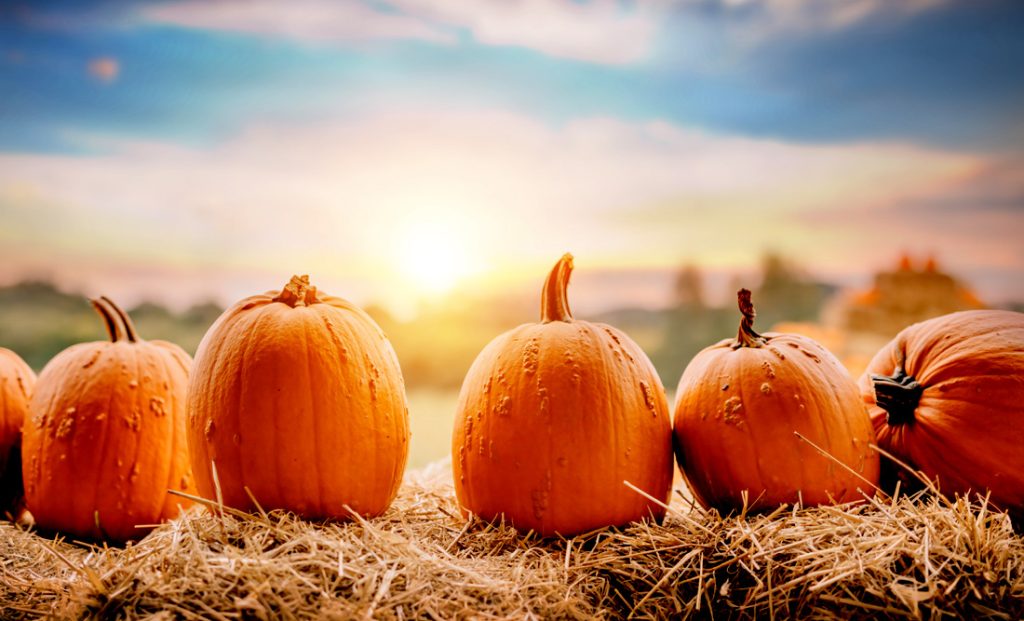
If you ask me, pumpkins are joyful, bouncy beings that embody potential, possibility, and happiness. If you’re going by my line of thought, then pumpkins are a perfect Thanksgiving symbol. Why? Because this holiday is imbued with a sense of joy, hope, and promise.
More realistically, pumpkins are symbolic of great bounty. This is because they’ve been used in indigenous and early settler cultures as a staple for life. Pumpkins hold huge quality in terms of nutrition and yumminess. This makes sense. When we consider we should celebrate all the gifts of Mother Nature, we should also gravitate to the provision of the pumpkin. Between its harvest this time of year and all it provides, the pumpkin should be heralded for its glorious benefits and nourishing qualities.
Cornucopia
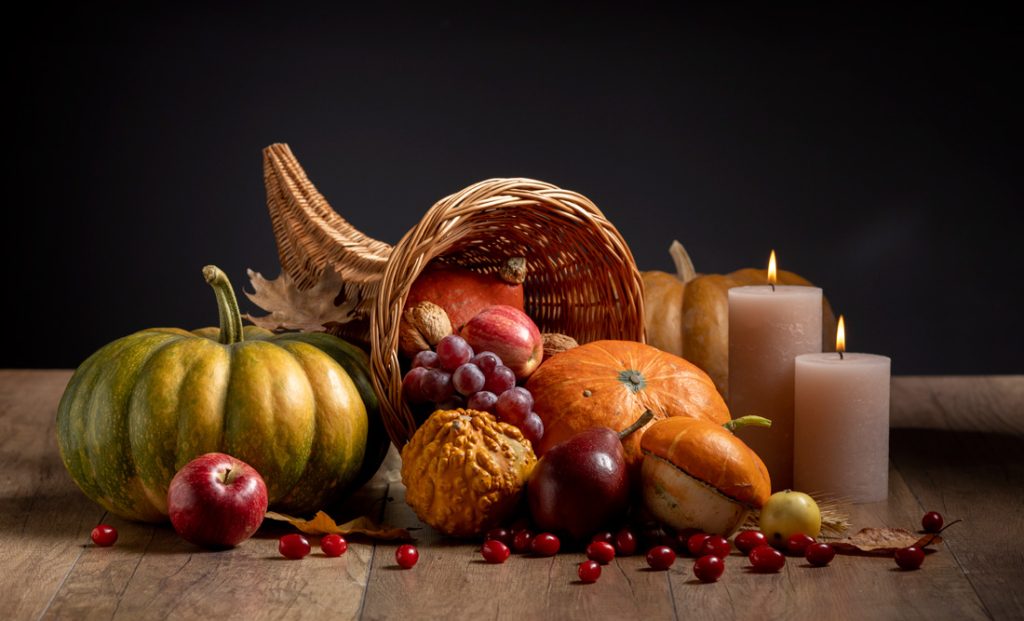
This twirly, curly feature is a common Thanksgiving symbol. It had symbolic roots long before Native Americans and pilgrims got their grips on it. The earliest example of a cornucopia comes from the ancient Greeks and Romans. In Roman mythology, the cornucopia was a symbol of the goddess of good fortune, fittingly named Fortuna.
The cornucopia was also associated with the god Jupiter in Roman mythology. The cornucopia was a ram or goat’s horn that was constantly resupplying itself with resources such as fruits and vegetables. Hence, the cornucopia is also known as the “horn of plenty.” Symbolically, the cornucopia represents abundance, value, provision, and bounty.
Turkeys
There’s a lot of mystery about how the turkey became the poster child for Thanksgiving. Most folks think that turkey was served at the first Thanksgiving celebration. In truth, the feasting table was probably laden with fresh fish, mussels, freshly harvested root veggies, squash, and maybe venison.
The connection Thanksgiving has with the turkey likely boils down to their prominence and visibility this time of year. This is because November is when broods of young jakes and hens (born in the spring) are maturing and starting to feed and plump up to prepare for the winter.
Due to their high visibility, a story got wrapped around the turkey as a symbol for Thanksgiving, but it could just as easily have been lobster, pheasant, or eel (which were abundant at the time of the first Thanksgiving). At any rate, the symbolic meaning of the turkey deals with themes such as: Generosity, awareness, resourcefulness, productivity, and fertility. These are all concepts that are highlighted during Thanksgiving.
Autumn Leaves
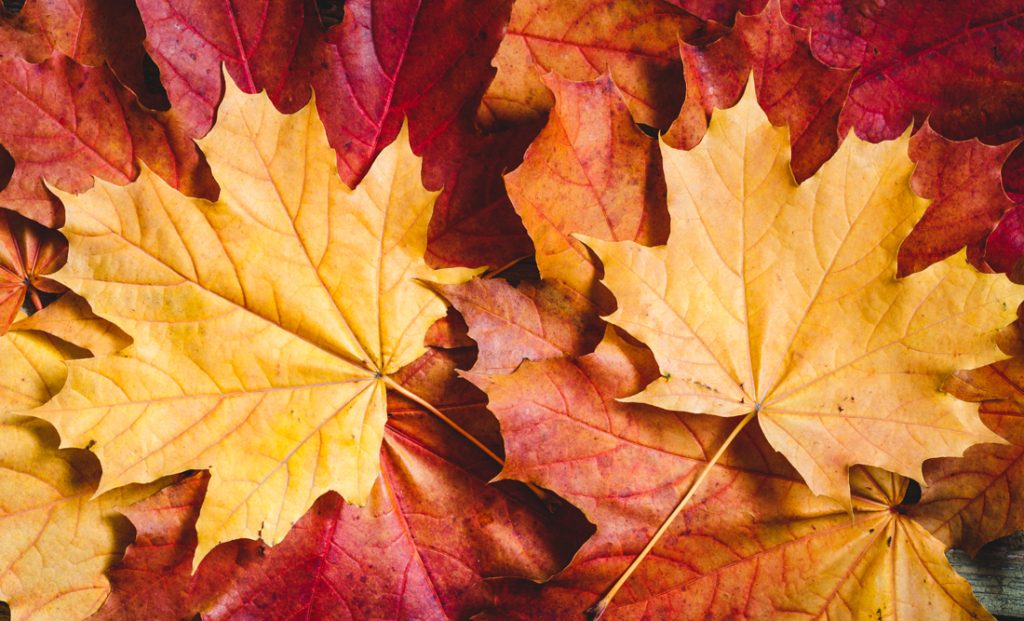
There is nothing that hearkens to the bounty and beauty of Thanksgiving than the fiery glow of falling autumnal leaves. That is to say, at least in areas that see that kind of mind-blowing foliage this time of year. The ruddy reds, arousing oranges, and mellow yellows we see in leaves are Thanksgiving symbols. Why? Because 1) Foliage happens this time of year, and 2) These are representative of fleeting times.
I like the idea of transitioning leaves being iconic for Thanksgiving because when we find ourselves in moments of deep change, I think it’s a reminder that we should be grateful for the moments of glory available to us. Both Thanksgiving and the change of foliage are signs that we should be mindful of the good things in our lives, as well as anticipate transitions that are forthcoming that can pose great potential for our growth and new beginnings.
Corn
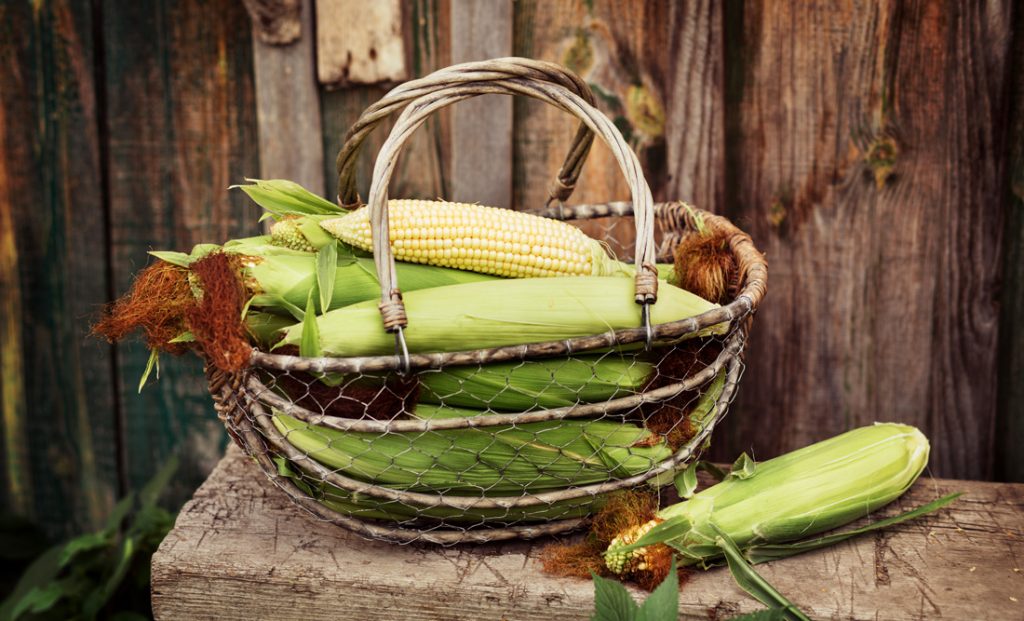
When I was a kid living in the suburbs, I remember my mom buying “Indian corn” and dried corn husks and decorating the front porch with these things. At the time, I wondered what that was all about. Since then, I’ve had the luxury of living in the deep country in far northeastern farmlands. These are areas where corn stalks and dried corn are plentiful. Corn was and still is prevalent this time of year. And no, I wouldn’t dream of buying corn byproducts as decorations today as a fully converted country girl. So, we can say that corn is a Thanksgiving symbol because of its dominant appearance during this autumnal time of the season.
However, we can also argue that corn is one of the most sacred staples for the honorable Native peoples who helped early pilgrims and settlers survive the tough winter months. Symbolically, corn represents survival, sustainability, community, and provision. It is a beacon for countless Native American tribes and is revered for its ability to feed an entire community.
Corn is also incredibly versatile. Cook it, steam it, dry it, grind it, bake it in foods, boil it, mash it – corn can take on so many forms that feed a family and a village. That makes corn a brilliant beacon among Thanksgiving symbols because of its versatility and ability to nourish. Corn is a symbol for this holiday because it touches on themes of bounty, abundance, giving, sharing, community, and savoring the glorious fruits of our labor during harvest time and Thanksgiving.
Honoring the History of Thanksgiving Symbols
While our current understanding of Thanksgiving symbols and their meanings is relatively recent in terms of human history – that doesn’t mean these icons are any less profound. In reality, these symbols are steeped in a great deal of lineage, meaning, time, and tradition. That’s what’s so terrific about symbolism – it’s rather timeless. Furthermore, Thanksgiving symbols retain overarching meanings that remind us of the importance of counting our blessings and being grateful for the good things we can enjoy in our lives. In my way of thinking, that’s pretty powerful. As always, thank you for reading, and I hope you all have a resplendent Thanksgiving replete with gratitude and mindfulness.
Mighty brightly,

© Copyrighted. All Rights Reserved.
Take Avia’s Thanksgiving Quiz!
Best Ways to Celebrate Thanksgiving According to Your Native American Animal Sign
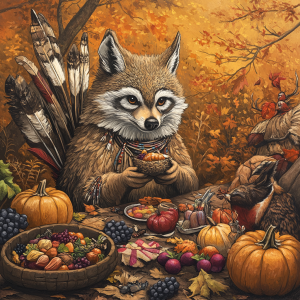
Avia’s Holiday Amazon Picks for You
Observe Every Day With These Llewellyn Amazon Selections
Want more? Me too! That’s why I’ve also got this for you on Whats-Your-Sign:
